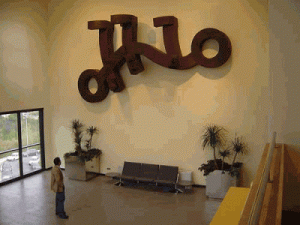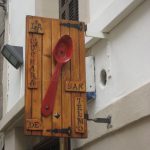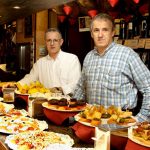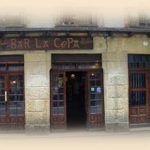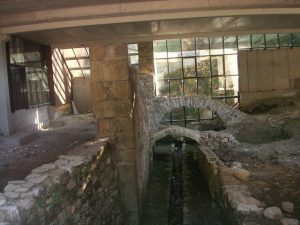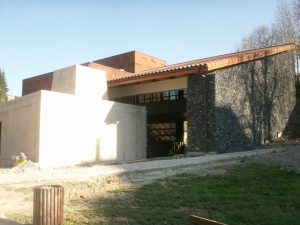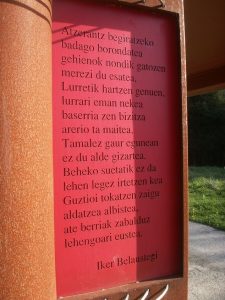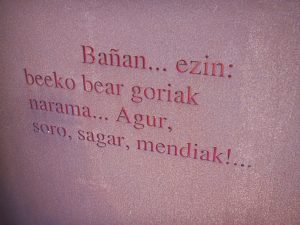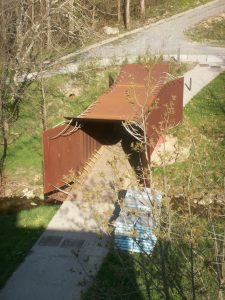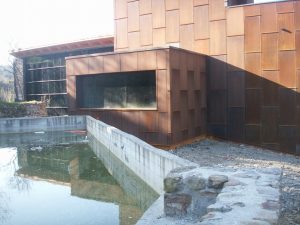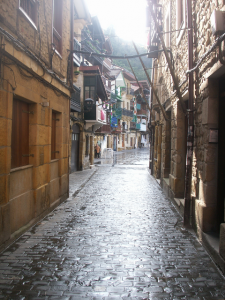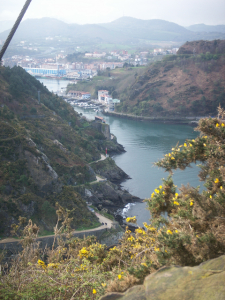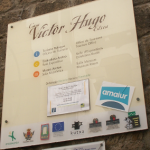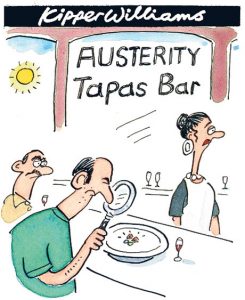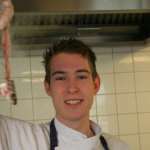 When we last saw Joanes and his crew, they had made their first successful whale hunt. Part 2 of Joanes or the Basque Whaler, Whale Island, picks up with the rewards of that hunt. And, along with the rewards, come the price of success as Joanes begins to overstep his abilities as he sees greater glory.
When we last saw Joanes and his crew, they had made their first successful whale hunt. Part 2 of Joanes or the Basque Whaler, Whale Island, picks up with the rewards of that hunt. And, along with the rewards, come the price of success as Joanes begins to overstep his abilities as he sees greater glory.
This is the second part of Guillermo Zubiaga’s epic about what he refers to as the Basque wild west, the adventures of the Basque whalers. The men who dared all to sail the seas and cross the oceans, looking for opportunity. It is the same spirit that sent their descendants to the American West, sometimes in conflict with the American cowboys, to find new opportunities.
As before, Guillermo tells his tale primarily through his fantastically detailed art. From the various ships sailing the seas to the cobblestone streets of a Basque village to the whale rendering station on the coast of America, Guillermo’s attention to detail brings the story to life. His faces convey the emotion to pull the story along, especially as the Basque crew encounter the unknown in first America and then the fantastic.
The story moves fast, from the first kill of Joanes and his crew to their encounter with the natives of North America and to the climax of this issue when Joanes confronts the killer black whale. There is just enough mystery to keep the story engaging and Guillermo makes judicious use of historical facts to ground this fictional story in real Basque history.
This is a great sequel to Guillermo’s first issue The Flying Whaleboat. I greatly look forward to the conclusion in issue three.
I have two items on my wish list for Guillermo. First, it would be awesome for him to do a “Handbook of Basque Mythology,” similar in vein to the old superhero handbooks. Even one issue with the primary deities of the Basque pre-Christian religion would be wonderful.
Second, I would love to see a commentary track for Joanes, with Guillermo describing his inspiration for various scenes and people, where references images might be from, and what historical documents he is pulling from. I think it would make a great addition to an already wonderful story.



